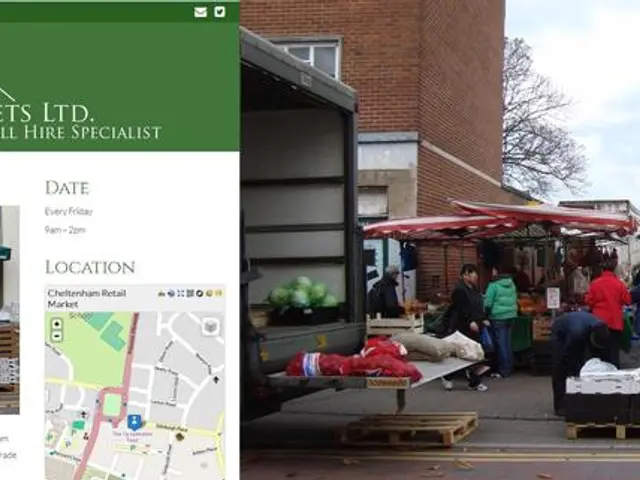Safety precautions for batteries are essential even before activation
The battery storage industry is scaling rapidly, with new storage records expected again this year, according to BloombergNEF. However, the success of this sector will not just be measured by its growth, but also by how rarely things go wrong.
Recent full-scale tests in the United States have demonstrated the reliability of a prevention-first approach in preventing uncontrolled deflagrations and structural damage in real-world battery storage systems. The manufacturer of the Active Ignition Mitigation System (AIMS), Wärtsilä, successfully tested this system to proactively prevent such incidents during thermal runaway scenarios.
Thermal runaway refers to heat building inside a battery cell faster than it can be dissipated. This process can lead to the accumulation of flammable gases, which, when mixed with air inside a battery enclosure, can create an explosive environment.
To mitigate these risks, engineering teams should treat proactive safety as a core design, not an optional feature. Developers should demand systems that actively prevent hazardous conditions, not just survive them. Procurement teams should evaluate safety technologies based on their ability to intervene early.
Some proactive safety tools use controlled ignition at low concentrations to ignite flammable gases before they reach hazardous levels. This approach breaks the chain of events leading to explosive conditions, similar to a car that brakes automatically when sensors detect a collision risk.
Collaboration in the industry should involve customers, fire safety consultants, first responders, and other community partners for testing and safety design. Regulators should also update standards to reward prevention-first designs.
Dangerous battery storage incidents can slow adoption, trigger costly delays, and erode trust in the technology that is central to the renewable energy transition. By focusing on proactive safety, the industry can ensure a safer and more reliable energy storage solution for the future.
Read also:
- Lieutenant Governor Kounalakis joins SoCalGas in unveiling the novel H2 Hydrogen Innovation Experience, a one-of-a-kind demonstration.
- California links 100,000 home storage batteries through its Virtual Power Plant program.
- Strategic approaches to drastically decrease single-use plastic in healthcare by the year 2040, as outlined in a recent publication.
- Amazon Trials Genetically Modified Electric Delivery Vehicles in Pursuit of Climate Objectives








